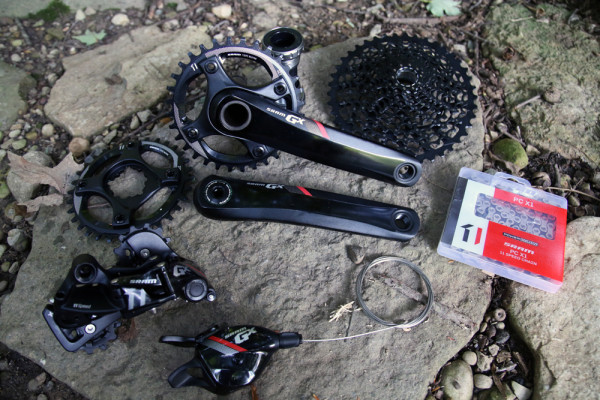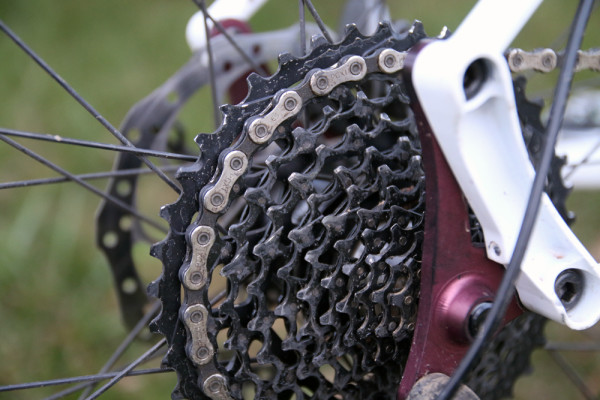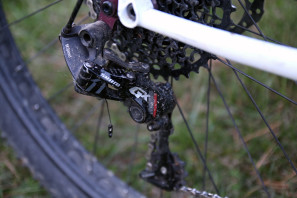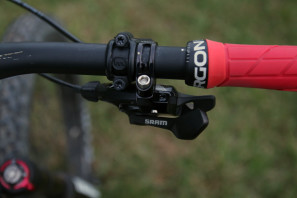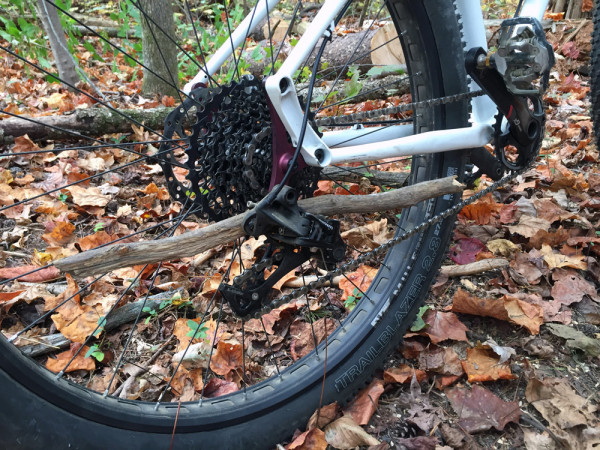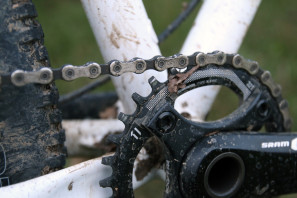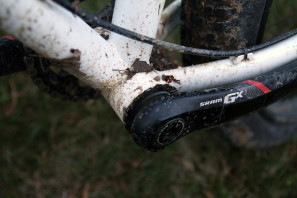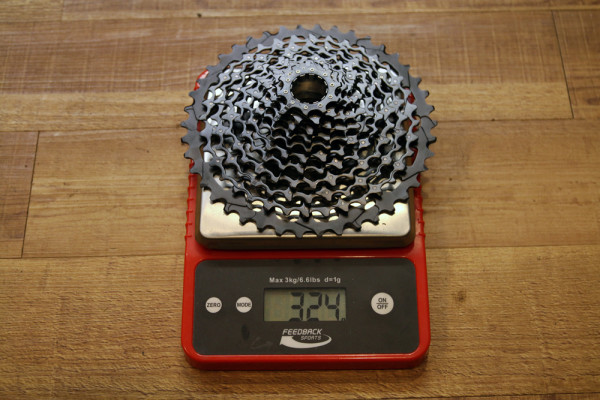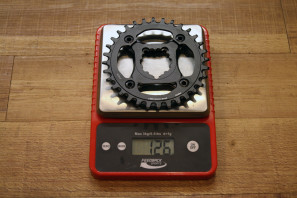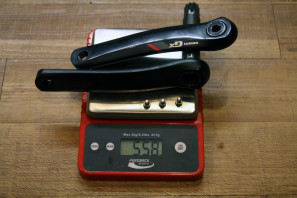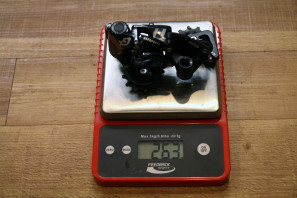“Man, I’d love to go 1x, but at those prices I just can’t afford it.”
I’ve had this conversation with a number of riding buddies, and sometimes even from friends who work in shops. True wide range drivetrains offer some big benefits in certain situations, but at the end of the day they are still a wear item. For something that is going to get mashed, trashed, and crashed, it can be a little intimidating to drop a grand or more on something you’re not sure you’re going to like.
As trickle down tech usually works, SRAM has slowly been dropping the price from their flagship XX1 with each subsequent component level. With the announcement of GX 1, they finally had an “affordable” group, but how would it compare against the pricier options? Quite well, as it turns out…
Just what is a GX 1 group going to run you? Pricing for the entire group shown above (with one spider and ring, trigger shifter, and GXP crank) is just $564 compared to $970 for X1, $1247 for X01 and XX1 at $1375. The biggest savings comes in the form of one of the biggest wear items, the cassette. Less than half the price of the X1 cassette at $144, it doesn’t quite have the bling factor of the higher end X-Dome cassettes, but the XG-1150 1175 Full-Pin unit gets the job done with flying colors. And at 324g, it is only 9g heavier than the XG-1180 Mini Cluster.
After a lot of mashing and wet weather riding, the black finish is starting to wear off the cassette teeth, but shifting is still nice and crisp. That’s really the reason why this group is such a home run – even the best cassette and derailleur adapters can’t touch the shifting performance of a dedicated wide range group like GX 1. Don’t get me wrong, we have a few test bikes that will be keeping their cassette adapters, but if given the choice between adapters and a full group? This wins all day.
You do have to consider the fact that the cassette requires an XD free hub body which, if you’re adding the group, you probably don’t have. A lot of wheels at this point have XD bodies available as a quick upgrade and swap, but if not, you’ll be on the hook for a new hub at minimum or a new wheelset.
Compared to other 1x groups from SRAM, you’d be hard pressed to tell a difference between the shifter and derailleur of the higher end groups. The X-Horizon derailleur and X-actuation trigger shifter offer the nice, positive shift feel that SRAM is known for. After the initial set up, the only additional tweaking has been minimal barrel adjustment.
The rear derailleur also seems to be quite robust. Given that plus tires seem to hurl every stick they roll over straight into the wheels, I was surprised to see everything still intact after I felt this stick pop up and slam into the derailleur. After the initial impact it sort of shrugged it off to where it was parallel with the chain stay. I thought for sure this would have at least bent the cage.
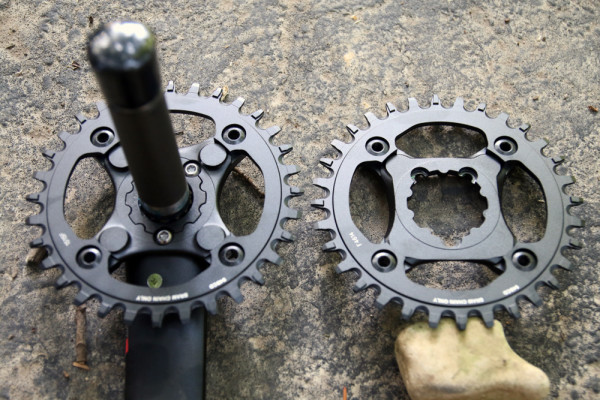
Up front, I am testing the GXP crank with a Wheels Manufacturing PF86 threaded bottom bracket. Given that this group is being used on an Advocate Hayduke (review coming very soon), the Boost crank was recommended. Fortunately, for the GX-1400 crankset, this is simply a swap of the spider which offsets the chainring 3mm towards the outside of the crank to match with the 148mm rear spacing. The X-Sync chainring is showing some wear with silver starting to poke through the black anodizing, but I’m yet to drop a chain.
It does seem that all of my test bikes with 1x drivetrains show drivetrain wear faster than those with a front derailleur, but the trade offs in many situations seem to be worth it. Also, now that there are XD 10-42 cassettes that don’t require a week’s pay, it may be less of an issue. I’m going on a full year with X1 on my Enduro rig and it is still operating smoothly.
All of the actual weights for the components came in at, or below quoted weights which makes the difference in weight between GX 1 and X1 negligible. The GX group doesn’t have its own chain as it share the PC-X1 with X1. Update: It does appear that I was sent the XG-1175 instead of the XG-1150, which would explain the weight difference thanks to the aluminum 42t cog.
In the end, it might be SRAM’s heaviest 1x group (and not by much), but thanks to the comparative value and availability of affordable replacement parts, GX 1 probably is the 1x group you’ve been waiting for – if you aren’t riding it already.
